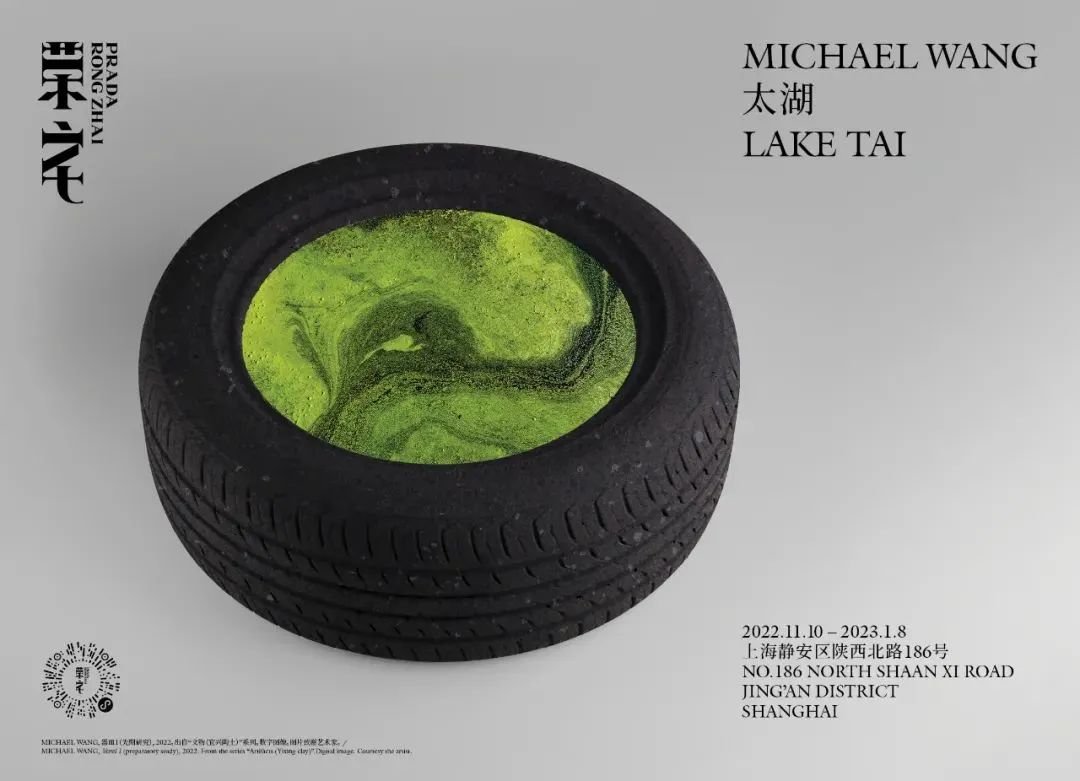Prada presents "Lake Tai" by Michael Wang in Shanghai
©Prada Rong Zhai
Prada presents "Lake Tai", a project by Michael Wang at Prada Rong Zhai in Shanghai from 10 November 2022 to 8 January 2023.
In his practice, Michael Wang uses systems that operate on a global scale as media for art: climate change, species distribution, resource allocation, and the global economy. For this project, he creates a series of works that look at the natural and cultural heritage of the Lake Tai region and engage the history of Chinese landscape arts, he also addresses pressing issues related to ecology, sustainability, and environmental recovery.
Lake Tai is linked to Shanghai and the sea by Suzhou Creek, a river that passes through the city's center and forms one of China's most vital water routes. The former owner of Rong Zhai, Mr. Rong Zongjing, was born in Wuxi. He and his brother, Rong Desheng, also created the Mei Yuan garden overlooking Lake Tai. Prada Rong Zhai's decoration, particularly the large figured panels on the Sun Room windows, partly inspired Michael Wang to develop this project.
Michael Wang presents a series of sculptures and installations on the second floor and in the external garden of Prada Rong Zhai. They stem from the massive reclamation efforts that have recently changed the lake and river. This exhibition, and particularly the Taihu (Stones) series, benefits from research in collaboration with students from Tongji University in Shanghai.
The exhibition also features Taihu (Crab), a fishing boat filled with facsimiles of the hairy crab, here made from algae filtered from its waters. A collection of small-scale works from the series Artifacts (Yixing clay) and Artifacts (Jade), which draw inspiration from the objects of human culture originating from the region. The sculptures in the Suzhou Creek (Piles) series evoke the construction techniques of both the ancient settlements and modern warehouses along Suzhou Creek. They consist of salvaged rebar and recycled concrete, rescued from the demolition of industrial buildings, but take the form of the fir tree trunks used.








